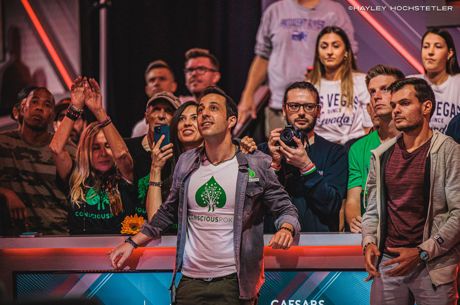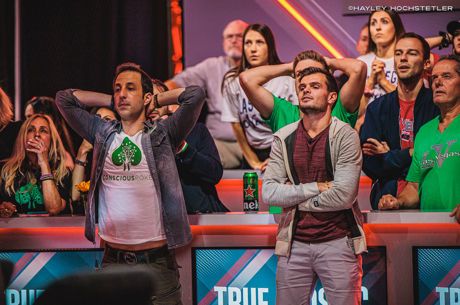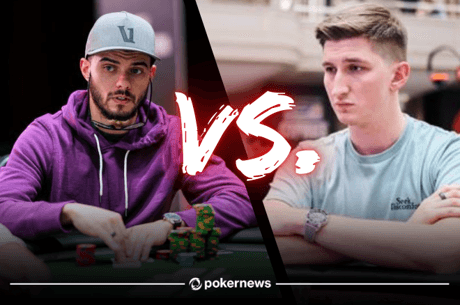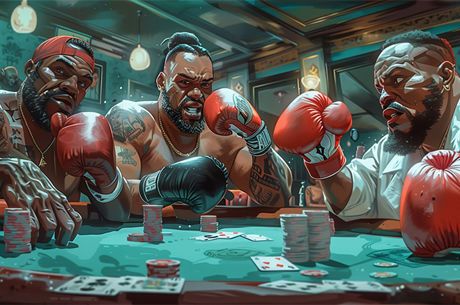Checkraising from the Big Blind Will Change Your Life
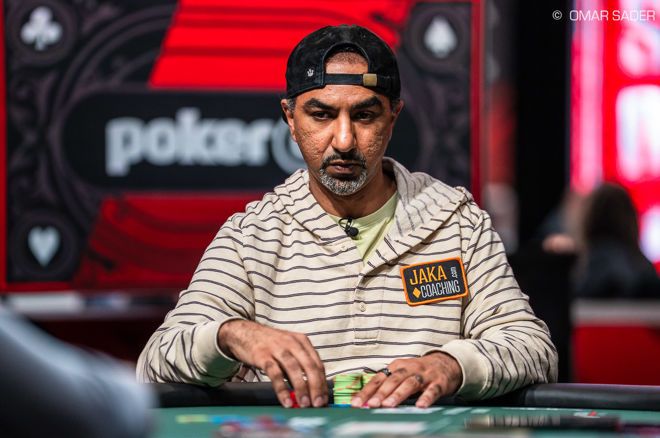
Table Of Contents
Greetings, I’m Faraz Jaka. With over 19 years of professional poker experience and more than a decade dedicated to coaching aspiring players, I've witnessed the dynamic evolution of poker strategy firsthand. Amidst this ever-shifting landscape, one strategic maneuver has consistently proven truly transformative for my students: the art of checkraising from the Big Blind.
It’s an underutilized weapon that can change the dynamic of the table in your favor.
Playing Out of the Big Blind
We all know how wide you’re calling in the Big Blind. In essence, you should be calling about 60% to 85% of your range in the big blind, depending on the effective stack sizes, position, and sizings of the preflop raiser. This means you must learn how to play all sorts of unimpressive hands like 64 off-suit, J5 suited, and the like.
Given the wide and relatively weak range typically played from the Big Blind, hands like top pair with a mediocre kicker, often considered medium-strength hands in different contexts, actually ascend to the upper echelons of your range. Consequently, these are the ones that should be strategically checkraised for value.
Sign up to Jaka Coaching Today!
Example Scenario
Let's dissect a scenario: the board displays K♣6♦2♣, and we find ourselves in the Big Blind with K♥J♥, holding a stack of 40 Big Blinds. Our opponent, positioned in the middle, initiates with a continuation bet of 2 Big Blinds into a pot already worth 6 Big Blinds.
Many players will just call here, thinking "Well what's the point of raising, I don't need to turn this into a bluff and worse hands won't call me" But the game has changed. Good players are checkraising here with all sorts of bluffs like gutshots (54o), backdoor flush draws like A♣3x, and so on.
This, combined with the fact that our opponent is likely betting their entire range on this dry board, allows us to start checkraising our best King kickers like KQ, KJ, and KT for value, and even some worse kickers as well if we want to mix those in occasionally because there are A LOT of worse hands we can get value out of here.
Find Out How Jaka Coaching Can Help You
Our check raise size here doesn’t have to be very large. We can raise 5.5 Big Blinds vs their 2 Big Blind continuation bet. Go ahead and take a look at the image below, which shows how our opponent, in theory, should respond to our checkraise.
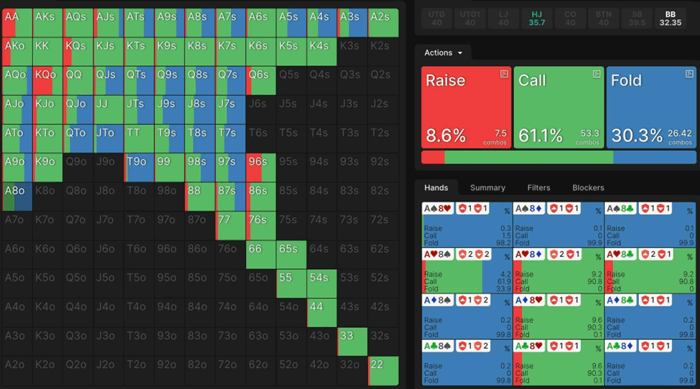
There are two reasons to check-raise a very small sizing:
- When bluffing with draws like the ones mentioned earlier, our primary aim is to target weaker holdings in our opponent's range. We're not necessarily attempting to force hands like pocket tens to fold; rather, our focus is on pressuring hands like QJo, J8s, or ATo without a backdoor flush draw to fold.
As you can see this tiny raise already gets 30% of the hands to fold (the hands in blue above), which is a great outcome considering we are only raising 5.2 big blinds, to take down a pot of what's now 13.5bbs, a great risk vs reward ratio. If we start checkraising to, let's say, 8 big blinds, this bluff needs to work WAY more often to maintain profitability. - Additionally, opting for this particular checkraise size serves another purpose: it allows our checkraise range, including hands like KT, KJ, and KQ, to retain the presence of underpairs and A-high hands like AQ-AT with a club. While initially it might appear that extracting value with hands such as KT is limited, if you look at all the pairs and A-highs with a club that we get value out of, it's quite a bit of hands that contribute to our value range.
It's crucial to note that if our opponent's continuation bet were smaller, say around 20% of the pot, we would adjust our check-raise size accordingly, aiming for a raise closer to 3-4x their bet. On the flip side, if they were to bet a larger portion of the pot, such as 75%, our checkraise might be scaled down to around 2.2x their bet. This strategic variation in checkraise sizing ensures that our raises remain proportionate to the pot size, maximizing their effectiveness in different scenarios.
This is a significant opportunity, as it allows us to extract value on the flop while also retaining the option to capitalize further on the turn. Effectively, we stand to secure two streets of value from their underpairs to the King and their draws. Moreover, in scenarios where our opponent holds Kings with a weaker kicker, this approach enables us to potentially collect value across three streets, resulting in a full double-up.
What most players do is just checkcall their one-pair kings here against the 2 Big Blind bet. The turn goes check, check, and then they fire out a 6 Big Blind bet on River, get called by pocket tens or a weak king, and end up winning 8 Big Blind postflop. Compared to the player who played the hand much more aggressively and won 16-24 Big Blinds getting two to three streets of value in a much more inflated pot! Sure sometimes you end up dominated and it costs you more chips, but it's worth taking that risk for all the extra chips you gain!
Sign up to Jaka Coaching Today!
This is the difference between players who build up big stacks in tournaments and those who are just barely getting into the money with a small stack every time.
Checkraising from the Big Blind is the 3rd lesson in my student's favorite MTT Crash Course. Become a member of my training site to watch the full MTT Crash Course HERE.

